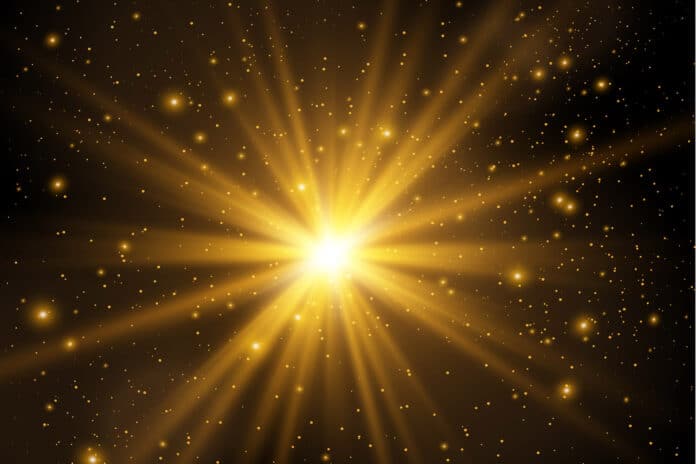Differential rotation is thought to be responsible for the dynamo process in stars like our Sun, driving magnetic activity and starspots. The standard interface dynamo model for the Sun relies on a radiatively stable core where differential rotation can amplify fields at the base of the turbulent convection zone.
Surface magnetism is connected to stellar spin in stars like our Sun, a process akin to the operation of a hand-cranked flashlight. In the center of magnetic sunspot regions, strong magnetic fields can be visible, leading to several space weather phenomena. Low-mass stars, which are celestial bodies with a mass less than that of the Sun and can rotate either very quickly or relatively slowly, were formerly believed to have very low levels of magnetic activity, making them the perfect host stars for possibly habitable planets.
The finding that some stars have very powerful surface magnetic fields puts current theories of how stars form to the test. According to their study, cool stars may have enhanced magnetic fields due to a novel internal process called core-envelope decoupling, which occurs when the star’s surface and core initially spin at the same rate before drifting apart. This process could intensify the stars’ radiation for billions of years and have an effect on the habitability of nearby exoplanets.
Lyra Cao, lead author of the study and a graduate student in astronomy at Ohio State, said, “Although low-mass stars are the most common stars in the Milky Way and are often hosts to exoplanets, scientists know comparatively little about them.”
“For decades, it was assumed that the physical processes of lower mass stars followed those of solar-type stars. Because stars gradually lose their angular momentum as they spin down, astronomers can use stellar spins as a device to understand the nature of a star’s physical processes and how they interact with their companions and their surroundings. However, there are times when the stellar rotation clock appears to stop in place.”
The scientists discovered that the magnetic fields of the low-mass stars in the vicinity appeared far stronger than existing theories could account for by studying a sample of 136 stars in M44, a star crib also known as Praesepe or the Beehive cluster.
One of Cao’s team’s most interesting discoveries was learning that these stars’ magnetic fields may be just as unique – significantly stronger than predicted by existing models. A previous study has shown that the Beehive cluster is home to several stars that defy conventional ideas of rotational evolution.
Cao said, “To see a link between the magnetic enhancement and rotational anomalies was incredibly exciting. It indicates that there might be some interesting physics at play here.”
The team also hypothesized that the process of syncing up a star’s core and the envelope might induce a magnetism found in these stars that would have a starkly different origin from the kind seen on the Sun.
Cao said, “We’re finding evidence that there’s a different kind of dynamo mechanism driving the magnetism of these stars. This work shows that stellar physics can have surprising implications for other fields.”
The study concludes that these results have significant ramifications for our comprehension of astrophysics, particularly with regard to the search for extraterrestrial life. Cao predicted that stars with this heightened magnetic would likely bombard their planets with high-energy radiation. Since certain stars are expected to experience this effect for billions of years, it is crucial to understand what it might mean for our conceptions of habitability.
But these findings shouldn’t put a damper on the search for extraplanetary existence. With further research, the team’s discovery could help provide more insight into where to look for planetary systems capable of hosting life. But here on Earth, Cao believes her team’s discoveries might lead to better simulations and theoretical models of stellar evolution.
Cao said, “The next thing to do is verify that enhanced magnetism happens on a much larger scale. If we can understand what’s going on in the interiors of these stars as they experience shear-enhanced magnetism, it’s going to lead the science in a new direction.”
Journal Reference:
- Lyra Cao, Marc Pinsonneault and Jennifer L. van Saders. Core-envelope Decoupling Drives Radial Shear Dynamos in Cool Stars. The Astrophysical Journal Letters. DOI 10.3847/2041-8213/acd780
